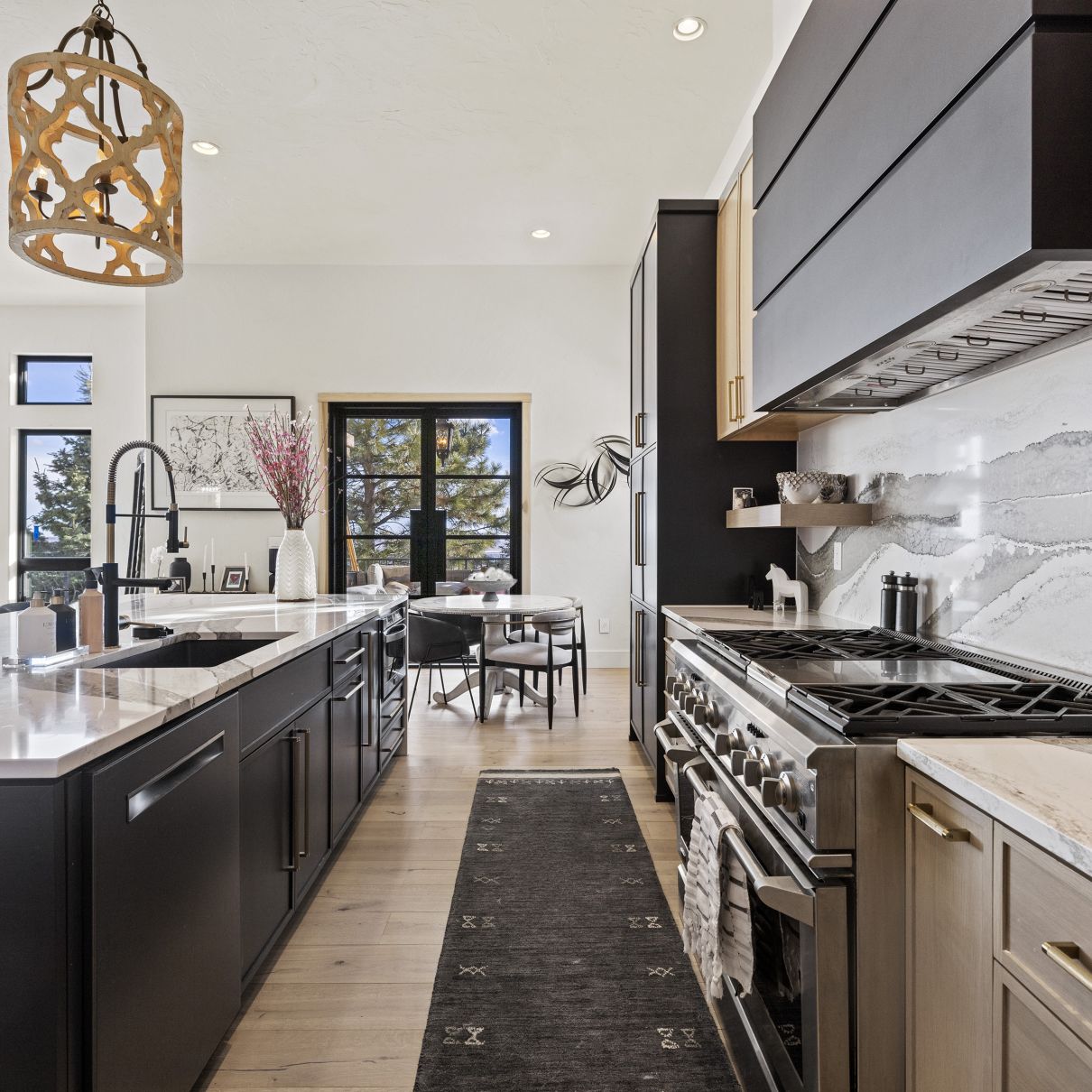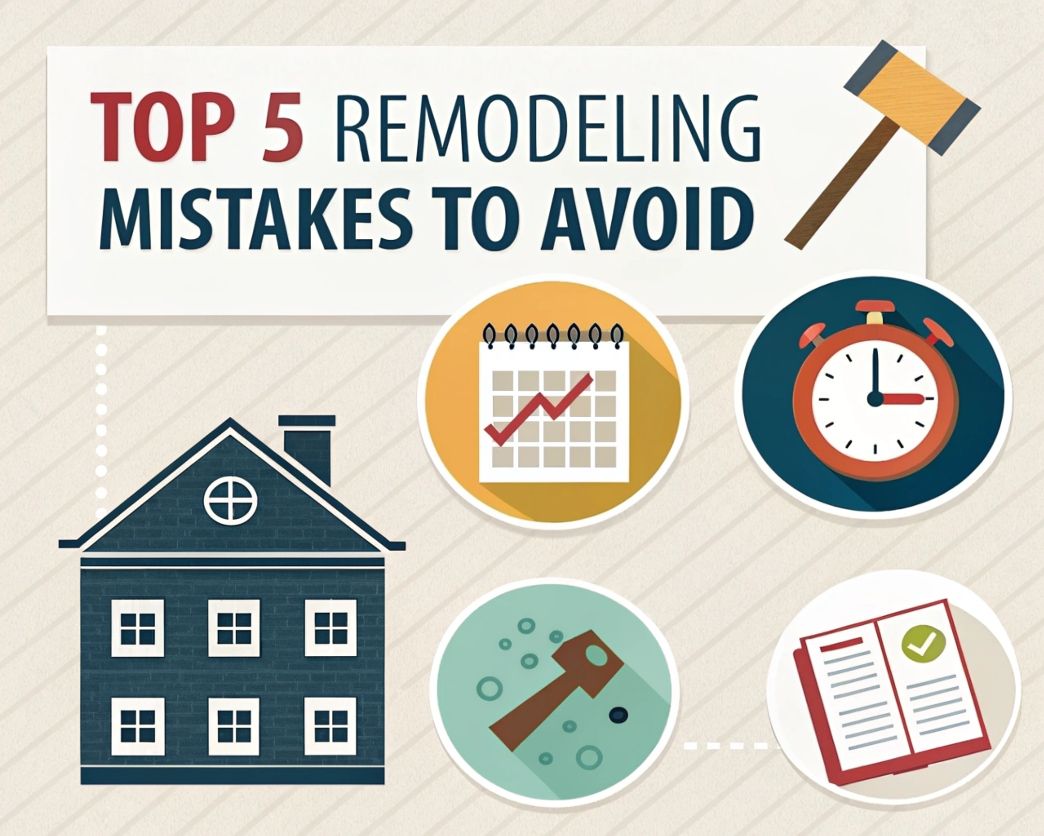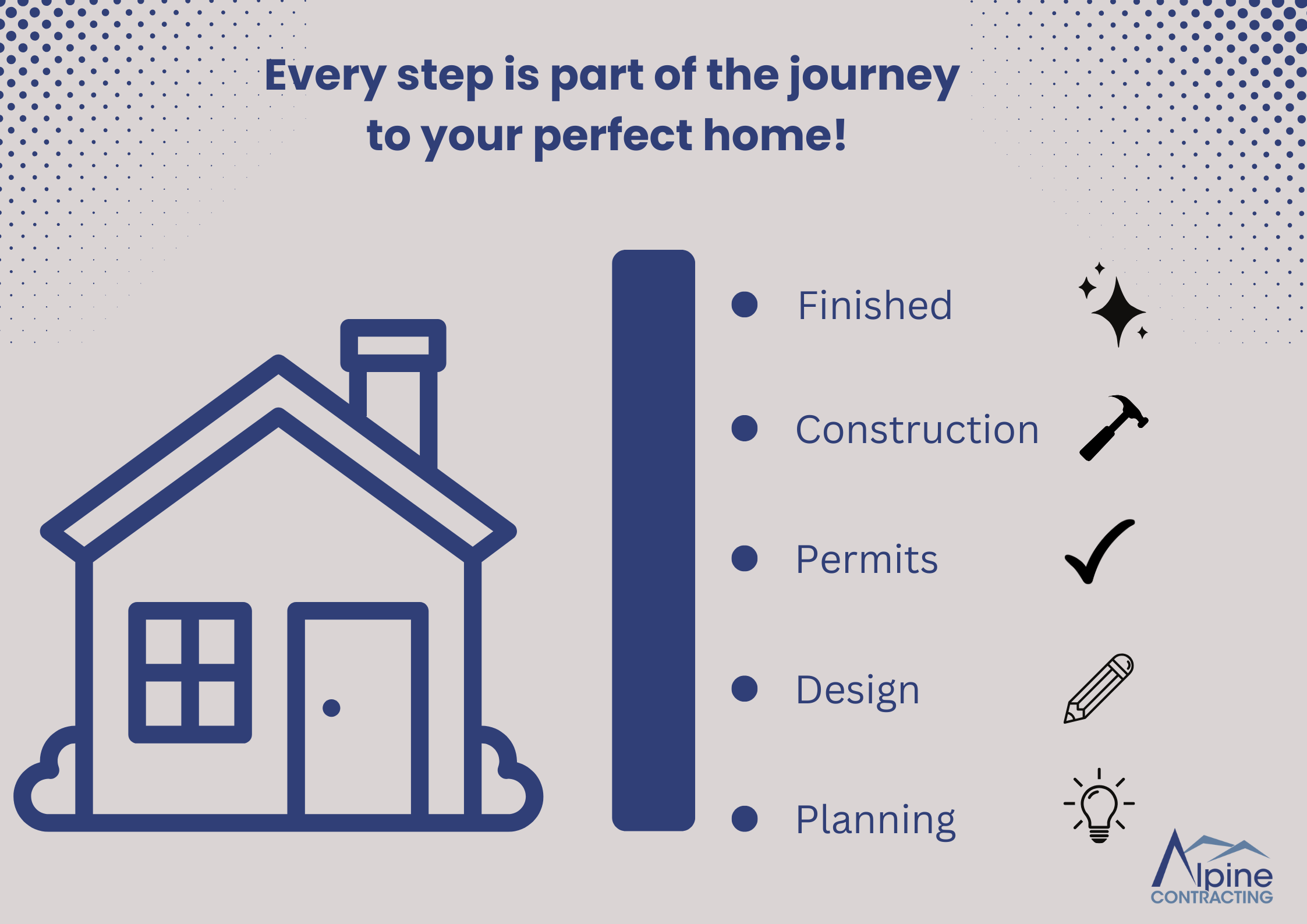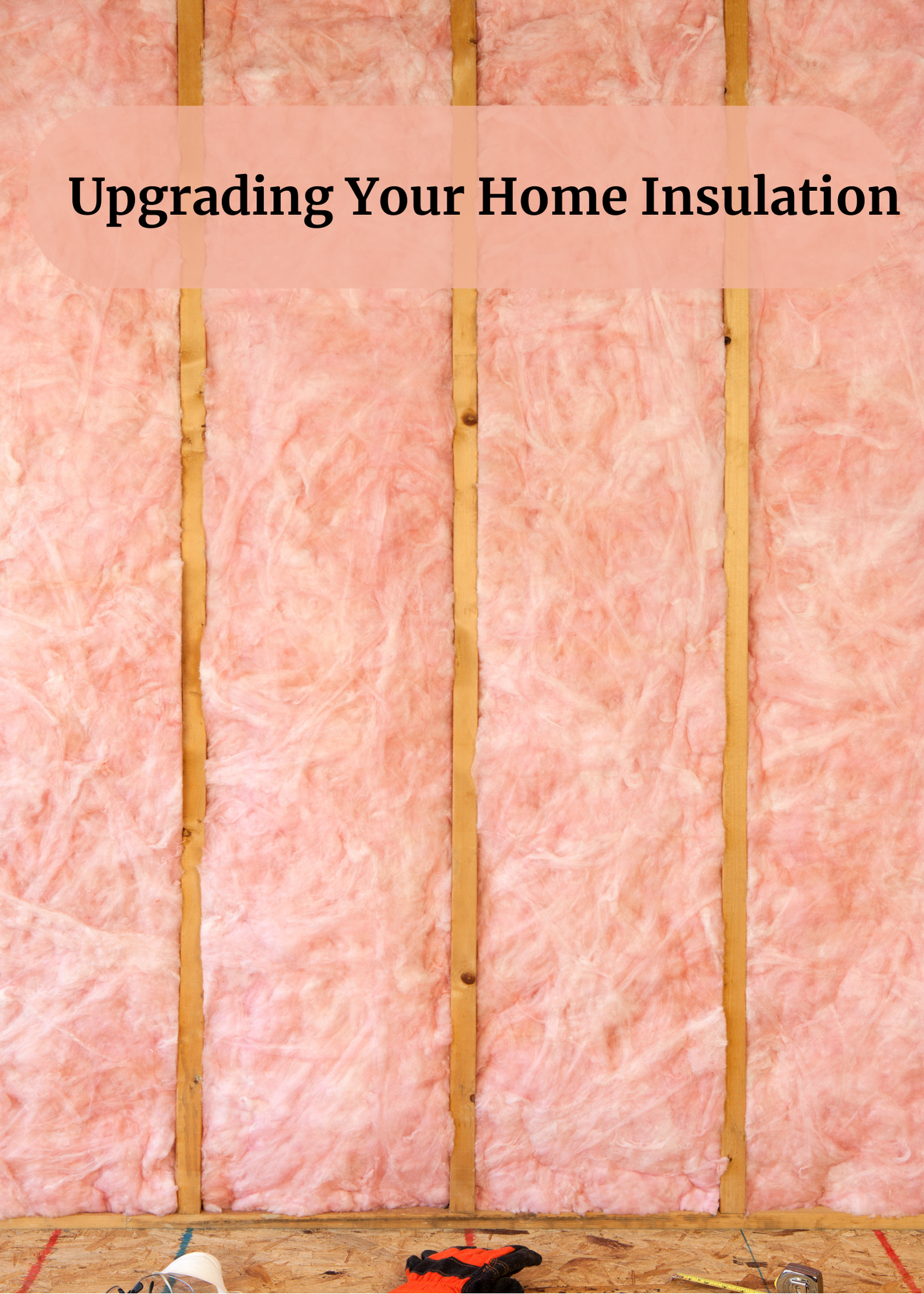
Upgrading Your Home’s Insulation: A Smart Investment for Comfort and Efficiency
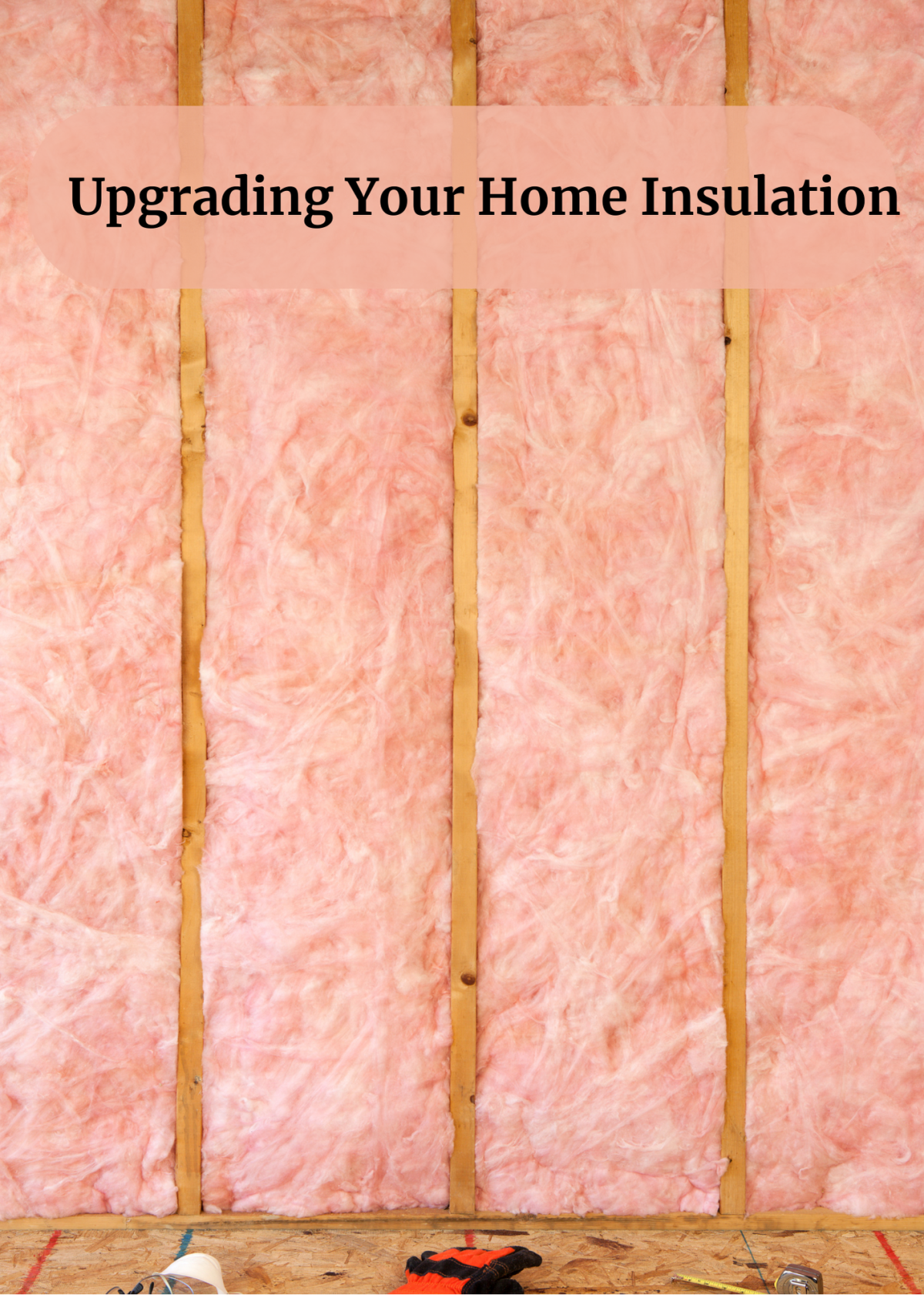
Understanding the Importance of Upgrading Insulation
Insulation is one of the most critical components of a comfortable, energy-efficient home. Over time, insulation can degrade, become less effective or fail to meet modern energy standards. Upgrading your insulation improves indoor comfort, reduces energy costs and enhances your home’s overall efficiency. Whether you're planning a full remodel or simply looking to cut down on heating and cooling expenses, upgrading insulation is a smart investment.
Signs Your Home Needs an Insulation Upgrade
How do you know if your home needs better insulation? Here are some common signs:
-
Uneven Temperatures – If some rooms are significantly warmer or colder than others, poor insulation might be the cause.
-
High Energy Bills – If your heating and cooling costs have been rising, inefficient insulation may be allowing air to escape.
-
Drafts and Cold Spots – Feeling a draft even when windows and doors are closed can be a sign of poor insulation.
-
Aging or Damaged Insulation – If your insulation is old, wet or damaged by pests, it may not be performing effectively.
Types of Insulation to Consider
When upgrading insulation, choosing the right type is crucial. Here are some of the most effective options:
Fiberglass Batt Insulation
One of the most common types, fiberglass batts are affordable and easy to install. They work well in walls, attics and floors but require precise installation to avoid gaps that reduce efficiency.
Spray Foam Insulation
Spray foam offers excellent air sealing and a high R-value (thermal resistance). It expands to fill gaps and cracks, making it a great option for attics, walls and crawl spaces. While more expensive, it provides superior energy efficiency.
Blown-In Insulation
Made from fiberglass or cellulose, blown-in insulation is ideal for attics and walls with irregular shapes. It effectively fills small spaces and provides good thermal protection.
Rigid Foam Board
Rigid foam insulation is highly effective in preventing heat loss and is commonly used in basements, exterior walls and roofs. It’s durable and moisture-resistant, making it a great option for areas prone to damp conditions.
Reflective or Radiant Barrier Insulation
This type of insulation reflects heat rather than absorbing it, making it particularly useful in hot climates. It’s often installed in attics to reduce cooling costs.
Benefits of Upgrading Your Insulation
Increased Energy Efficiency
Proper insulation prevents heat loss in winter and keeps your home cooler in summer. This reduces the strain on your HVAC system, leading to lower energy bills.
Enhanced Comfort
With upgraded insulation, your home maintains a consistent temperature, eliminating cold drafts and hot spots.
Noise Reduction
Better insulation not only controls temperature but also helps minimize noise from outside or between rooms, creating a quieter living space.
Improved Indoor Air Quality
Properly installed insulation reduces the infiltration of dust, pollen and other allergens, promoting healthier indoor air quality.
Environmental Benefits
By reducing energy consumption, upgraded insulation lowers your home’s carbon footprint, contributing to a more sustainable future.
Where to Upgrade Insulation in Your Home
Attic
The attic is one of the most crucial areas to insulate, as heat rises and escapes through the roof. Adding high-quality insulation here can significantly reduce energy loss.
Walls
Both exterior and interior walls benefit from insulation. Properly insulated walls improve temperature control and soundproofing.
Floors and Crawl Spaces
Insulating floors, especially above unheated spaces like basements or garages, prevents heat loss and keeps floors warmer in winter.
Choosing the Right Insulation for Your Home
When selecting insulation, consider factors such as R-value, climate and your home’s specific needs. Consulting with a professional can help determine the best solution for your space and budget.
Professional Installation vs. DIY
While some insulation types, like fiberglass batts, can be installed as a DIY project, others, such as spray foam or blown-in insulation, may require professional expertise. Professional installation ensures that insulation is applied correctly and effectively, maximizing its benefits.
If you're considering upgrading your home’s insulation during your remodeling project, Alpine Contracting is here to help. Our experienced team specializes in home remodeling and can steer you in the right direction when it comes to insulation upgrades to improve energy efficiency and comfort. Contact us today to schedule a consultation and take the first step toward a more comfortable, energy-efficient home.
